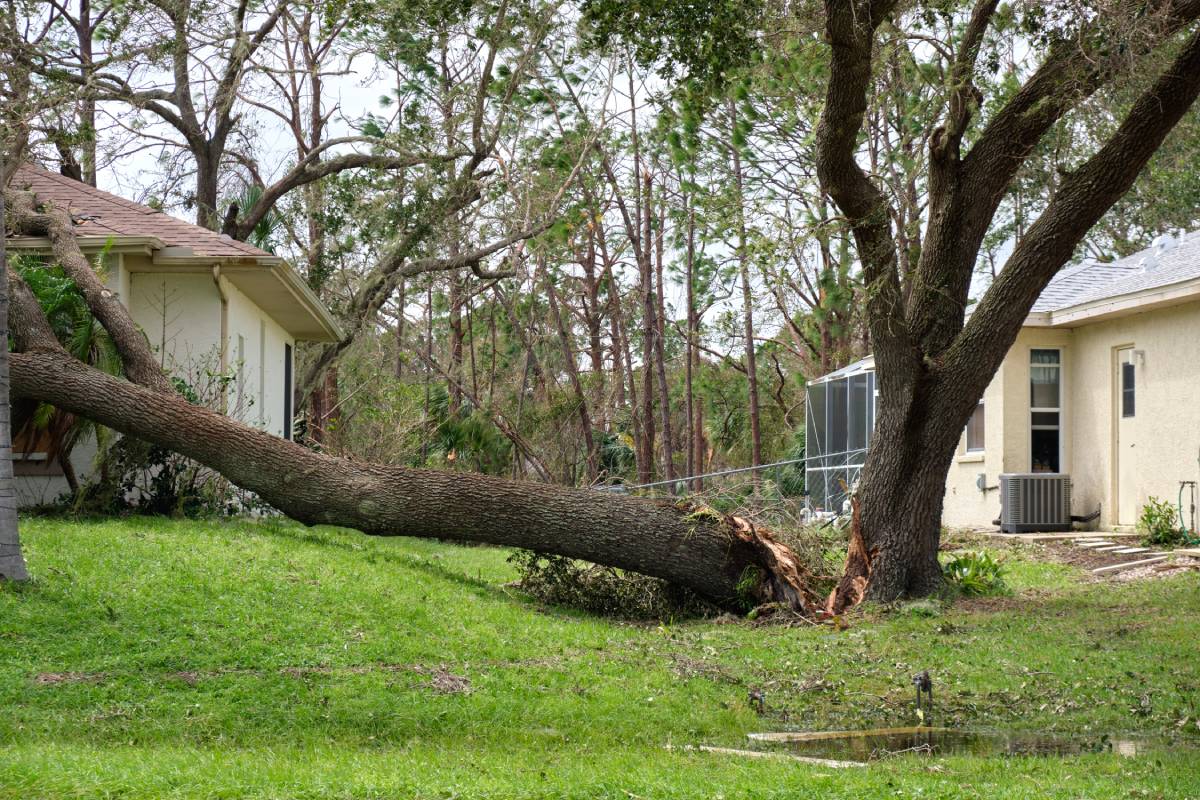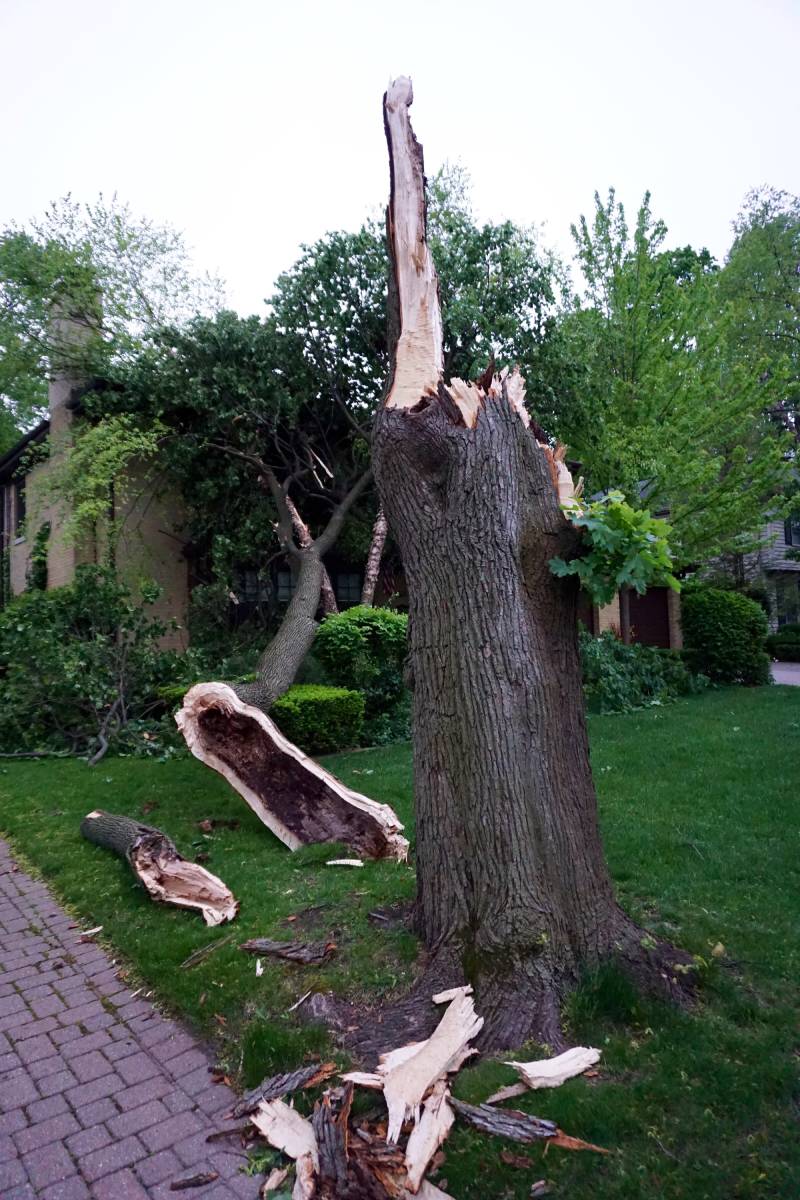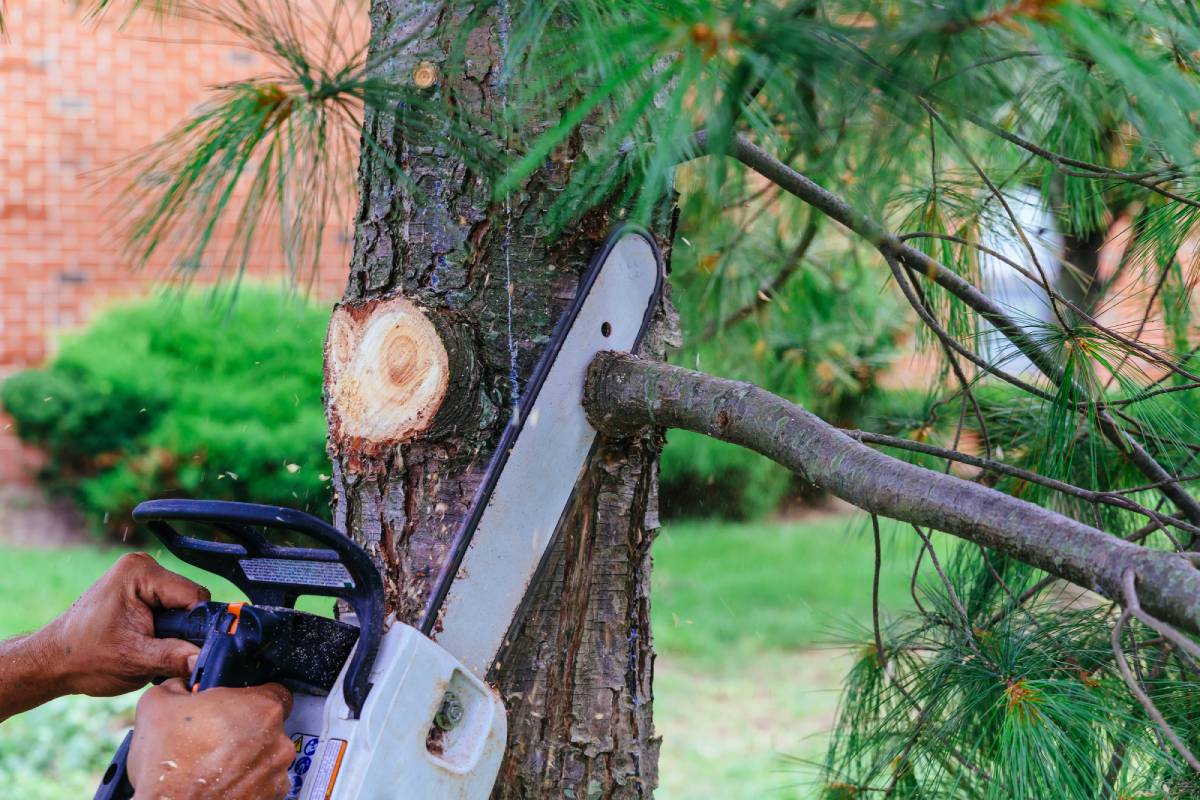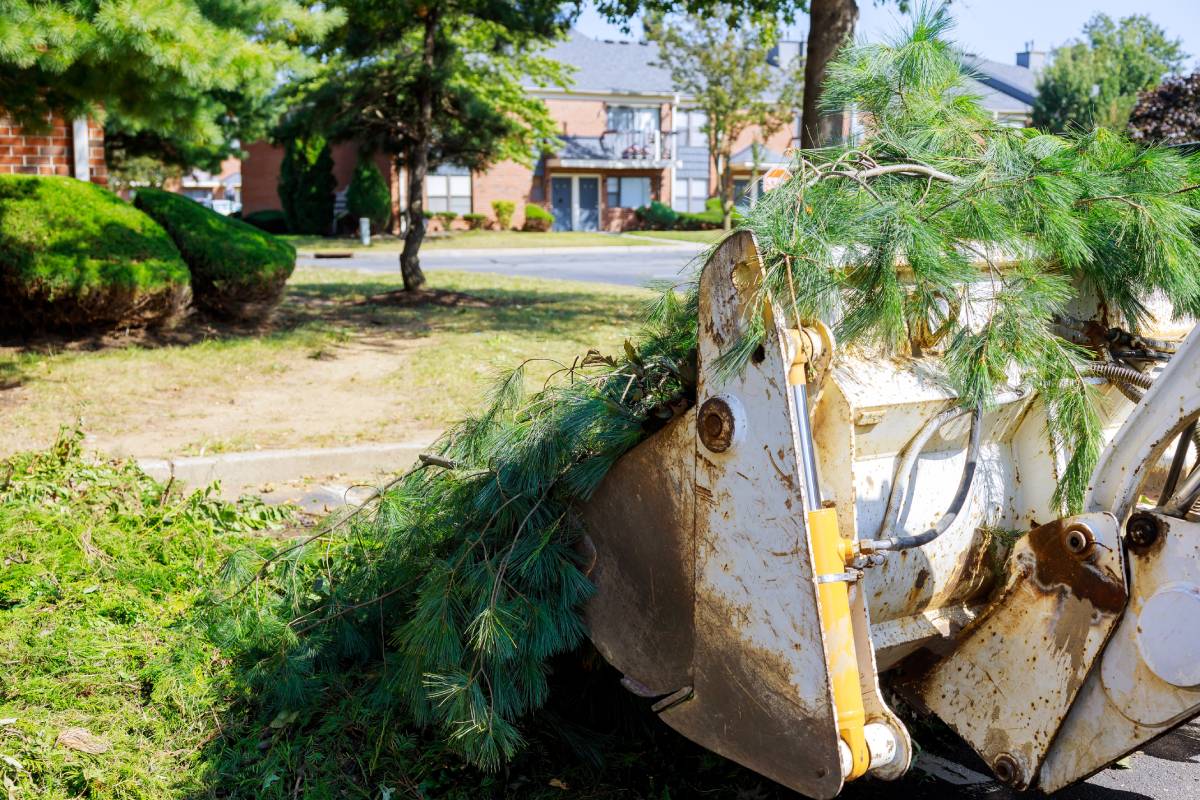
How do you know when it’s time to cut down a tree? Do I need a permit to cut down trees? How much does it cost to cut down a tree in Australia?
Do I need a permit to cut down trees? How much does it cost to cut down a tree in Australia? Click here to learn more
Trees aren’t just there doing nothing in our surroundings; they’re crucial to our ecosystem, giving us shade, shelter, and food. But sometimes, you gotta cut one down. To do it right, you need to know when it’s necessary, get the paperwork done, and figure out what it’ll cost.
In this article, we’re gonna go over these three things so that you can make smart choices about your trees. That way, your surroundings will be safe, healthy, and good-looking.
How do you know when it’s time to cut down a tree?
Knowing when it’s time to cut down a tree is crucial for safety, environmental health, and aesthetic reasons. Trees are valuable assets, providing shade, oxygen, and beauty to our surroundings. However, there are instances when cutting down a tree becomes necessary.
Here are some key factors to consider:
 Health Assessment: Before deciding to cut down a tree, assess its health. Look for signs of disease, decay, or damage. Dead branches, fungal growth, and insect infestations are indicators of poor tree health. If more than 50% of the tree is compromised, it may be safer to remove it.
Health Assessment: Before deciding to cut down a tree, assess its health. Look for signs of disease, decay, or damage. Dead branches, fungal growth, and insect infestations are indicators of poor tree health. If more than 50% of the tree is compromised, it may be safer to remove it.- Leaning or Unstable Trees: Trees leaning heavily or showing signs of instability pose a significant risk. Factors like soil erosion, root damage, or high winds can cause trees to lean dangerously. If a tree leans towards a structure, road, or power line, it should be removed promptly to prevent property damage or personal injury.
- Proximity to Structures: Consider the proximity of the tree to buildings, utility lines, and other structures. Over time, trees can grow large enough to pose a threat to structures, especially if their roots interfere with foundations or their branches hang over roofs. Removing such trees prevents potential damage.
- Root Damage: Damage to a tree’s root system can compromise its stability and health. Construction activities, soil compaction, and invasive roots from nearby trees can harm roots. If roots are severely damaged, it may be necessary to remove the tree to prevent it from falling.
- Encroachment on Utilities: Trees growing near utility lines can pose a serious hazard. Falling branches or trees can cause power outages, fires, or electrocution. Utility companies often trim or remove trees that interfere with power lines to ensure public safety.
- Dying or Dead Trees: Dying or dead trees are liabilities. They can collapse unexpectedly, causing property damage or injury. Additionally, dead trees attract pests and pose a fire risk. Removing dead trees reduces these hazards and improves overall safety.
- Aesthetic Considerations: While safety and health are primary concerns, aesthetic factors also play a role in deciding to cut down a tree. Trees that detract from the landscape due to poor health, unattractive shape, or overgrowth may need removal to enhance the visual appeal of the property.
- Professional Assessment: If uncertain about the condition of a tree or the risks it poses, consult with a certified arborist or tree service. These professionals can conduct thorough assessments and recommend appropriate actions, whether it’s pruning, bracing, or removal.
- Local Regulations: Familiarize yourself with local regulations regarding tree removal. Some areas have ordinances protecting certain tree species or requiring permits for tree removal. Compliance with these regulations ensures legal and responsible tree management.
- Replacement Plans: When removing a tree, consider planting a new one to maintain the ecological balance and aesthetic appeal of the area. Choose species appropriate for the site conditions and consider factors like growth rate and mature size to prevent future issues.
Do I need a permit to cut down trees?
Laws and regulations regarding tree removal in Australia can vary depending on the local council’s rules. However, there are specific situations where you’ll likely need a permit to remove a tree from your property:
Trees That Typically Don’t Require a Permit
In most cases, you won’t need a permit to remove the following types of trees:
- Dead or fallen trees
- Trees within 10 meters of your home in fire-prone areas
- Trees within 3 meters of your home foundations
- Trees damaged by storms or posing hazards
- Pest species like palm trees
It’s essential to note that some councils may require permits for all tree removals, regardless of their condition. Therefore, it’s crucial to check local regulations.

Protected or Endangered Trees
You’ll likely need a permit or approval from the council or forestry department to cut down endangered or protected trees in Australia. These trees are at risk of extinction or are rare in the country.
Permits for cutting down protected trees are granted under special circumstances and with the advice of a city or council arborist. It’s illegal to cut down protected or endangered trees without permission, and offenders may face substantial fines.
Examples of Australia’s endangered or protected trees include Burdett gum, Mukinbudin mallee, Cider Gum, Silver Mallet, and others.
Government-Planted Trees
If the tree you intend to remove was planted as part of a local or federal revegetation program such as the 20 Million Trees Program, you’ll likely need a permit. Trees planted under government programs are protected and cannot be cut down without permission.
Trees on Boundary Lines
Permits may be necessary to cut down trees on boundary lines, especially if the boundary adjoins public or council land. Even if the tree is partially on your property, it may belong to the council.
Old or Historically Significant Trees
Some old trees may have historical significance, and cutting them without permission can result in hefty fines. These trees may have been on your property for centuries and should be checked with the local forestry office before removal.
Naturally Growing Trees/Native Vegetation
Permits may be required to cut down native, naturally growing trees on your property. Local governments often have laws or programs protecting native vegetation, and it’s essential to adhere to these regulations.
If you’re unsure about the status of a tree on your property, it’s advisable to consult a local tree expert or visit your forestry office for guidance. Being informed about tree removal regulations helps ensure compliance with the law and preserves the natural environment.
How much does it cost to cut down a tree in Australia?
Trees play a crucial role in maintaining the oxygen levels and ecological balance of our planet while adding beauty to our surroundings. However, there are times when tree removal becomes necessary due to factors like disease or risks to property.
But what’s the cost of this service? On average, tree removal in Australia amounts to $871, though it can range from $350 to over $4,500 depending on various factors.

Factors Affecting Tree Removal Costs
Tree Size: The size of the tree significantly impacts the removal cost. Taller trees require more equipment, time, and carry higher risks. Pine trees, especially tall ones, often incur higher removal costs due to their size and associated risks.
Ease of Access: Accessibility to the tree site affects the removal cost. Difficult-to-reach locations require more time and effort, leading to increased expenses. Obtaining permission to close public areas, like footpaths or roads, for safe tree removal adds to the overall cost.
Disposal Method: The disposal method chosen also influences costs. Recycling and reusing tree debris, such as using it for firewood or compost, can reduce expenses. However, if the tree needs to be completely removed and disposed of, it adds to the overall cost.
Additional Costs
- Stump Removal: Removing tree stumps and roots to prevent regrowth or address concerns about disease or pests incurs additional fees.
- Tree Trimming: Trimming or pruning trees is a more affordable alternative to complete removal, with costs ranging from $423 to $1,200.
- Tree Surveys and Arborist Reports: Conducting tree surveys to assess tree health and potential issues, along with hiring arborists for reports, adds to the overall expenses, typically costing $300 to $500.
In conclusion
To sum up, before cutting down a tree, there are many things to consider. We need to check if it’s healthy, make sure we have the right permits, estimate the cost, and think about tree lopping. It’s important to know the rules in our area and to ask for help from experts if we need it, so we can remove the tree safely and responsibly. We should also think about the environment and try to replace the trees if we can. By doing all these things, we can make sure we keep the beauty and benefits of trees for a long time.